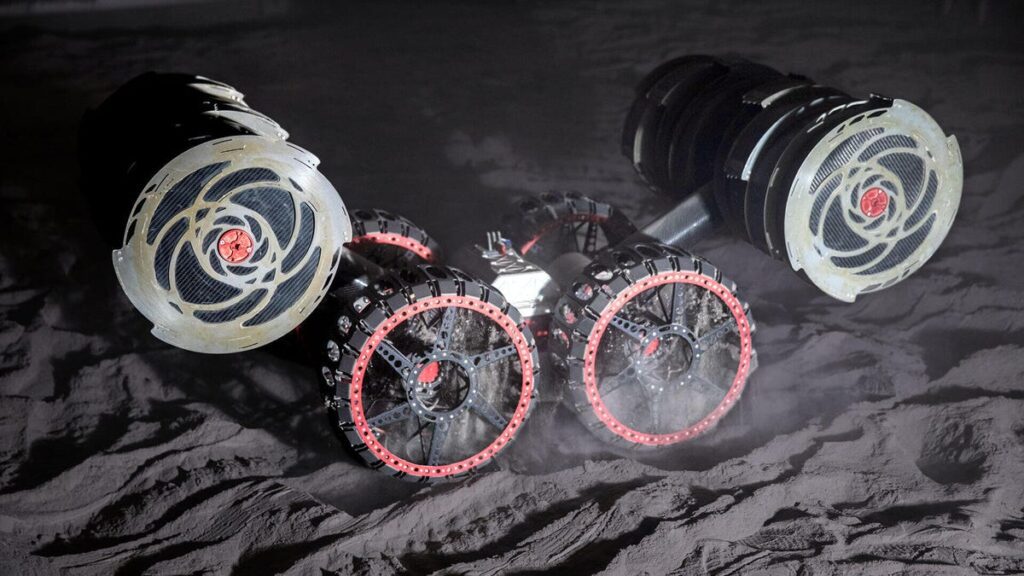NASA’s Moon Missions: A Glimpse into the Future with Autonomous Robots
NASA is gearing up for an exciting return to the Moon, and this time, it’s all about digging for resources! With ambitious plans that could enable a sustainable human presence on lunar soil, NASA is unveiling a trio of cutting-edge lunar rovers known as CADRE along with a groundbreaking excavator called IPEx. Let’s dive into how these autonomous robots are set to change the game in lunar exploration.
The Power of CADRE Rovers
Imagine a fleet of autonomous robots crisscrossing the Moon’s surface, collecting crucial data and materials needed for future exploration. That’s exactly what the CADRE rovers are designed to do. These rovers are equipped with advanced technology to navigate the rugged terrain of the lunar landscape. They can work together, making them more than just individual machines; they form a collaborative team much like a well-coordinated squad.
What’s particularly cool about these rovers is their ability to gather information about the lunar soil, which could include vital minerals and even water ice. This data not only informs future missions but could also support human astronauts when they arrive, providing essential resources right where they need them.
IPEx: The Excavator That Could
While the CADRE rovers scout and gather data, the IPEx excavator plays a crucial role in the harvesting of lunar resources. This sophisticated machine is designed to dig into the Moon’s surface and retrieve materials that might be used for life support systems or even fuel production. Think of it as the ultimate team player, complementing the rovers’ investigative efforts with hands-on resource acquisition.
One fascinating aspect of the IPEx is its autonomous operation. It can make decisions on the spot, adapting to the unpredictable conditions it faces on the Moon. This feature not only enhances efficiency but also reduces the risks associated with human involvement in challenging environments.
A New Era of Lunar Exploration
The synergy between the CADRE rovers and IPEx reflects a significant shift in how we approach space exploration. Instead of merely sending humans to gather data, we’re now leveraging the power of artificial intelligence to pave the way for a more robust human presence. This approach not only expedites the research process but also minimizes the risk to explorers who will eventually traverse the lunar landscape.
Real-Life Examples: Earthly Applications
Interestingly, the technologies being developed for these lunar missions are also finding applications back on Earth. For instance, autonomous robotics is revolutionizing industries like construction and agriculture, making processes more efficient and allowing for precision work that humans might struggle to achieve in challenging conditions. So, while we look to the Moon, we’re also seeing improvements in our daily lives right here on Earth.
Conclusion: Looking to the Stars
NASA’s innovative approach to lunar exploration holds immense promise for future missions, not just to the Moon but potentially to Mars and beyond. The CADRE rovers and IPEx excavator are paving the way for a new era of resource gathering and human presence in space.
The AI Buzz Hub team is excited to see where these breakthroughs take us. Want to stay in the loop on all things AI? Subscribe to our newsletter or share this article with your fellow enthusiasts.




